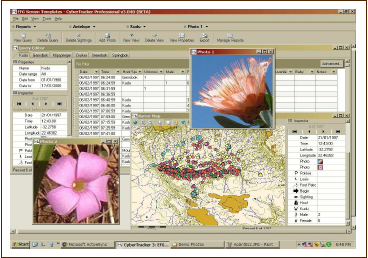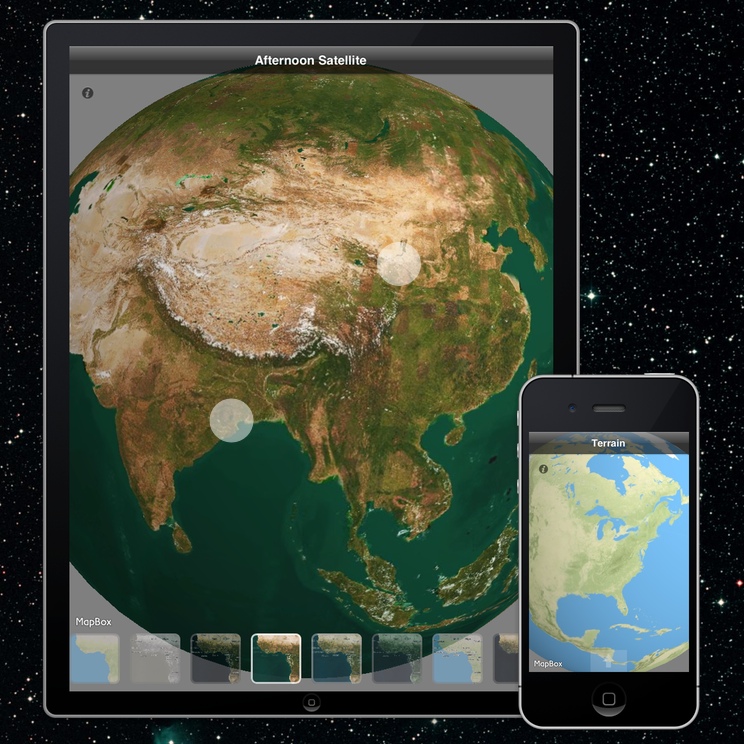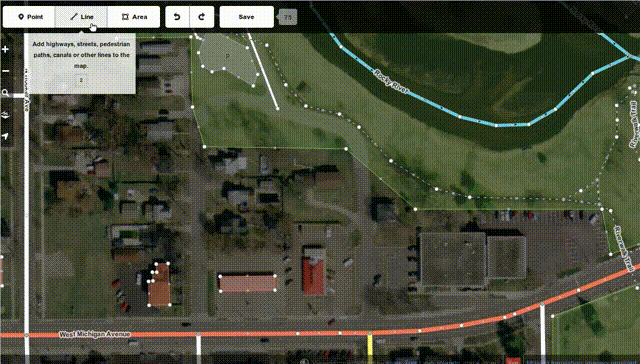It's been a crazy week for me and I essentially failed to aggregate geonews - expect me to catch up in the coming days.
The open source routing engine pgRouting version 2.0 has been released, and this a major new release. We mentioned it a few times since.
A reminder of what pgRouting is, from the official website:
pgRouting extends the PostGIS / PostgreSQL geospatial database to provide geospatial routing functionality.
Advantages of the database routing approach are:
- Data and attributes can be modified by many clients, like Quantum GIS and uDig through JDBC, ODBC, or directly using Pl/pgSQL. The clients can either be PCs or mobile devices.
- Data changes can be reflected instantaneously through the routing engine. There is no need for precalculation.
- The “cost” parameter can be dynamically calculated through SQL and its value can come from multiple fields or tables.
And here's a list of features including what's new for version 2.0:
- All Pairs Shortest Path, Johnson’s Algorithm **NEW**
- All Pairs Shortest Path, Floyd-Warshall Algorithm **NEW**
- Shortest Path A*
- Bi-directional Dijkstra Shortest Path **NEW**
- Bi-directional A* Shortest Path **NEW**
- Shortest Path Dijkstra
- Driving Distance
- K-Shortest Path, Multiple Alternative Paths **NEW**
- K-Dijkstra, One to Many Shortest Path **NEW**
- Traveling Sales Person **NEW Implementation**
- Turn Restriction Shortest Path (TRSP) **NEW**
- New functions for creating routing topology
- New functions for analyzing a graph for problems

Read More »





